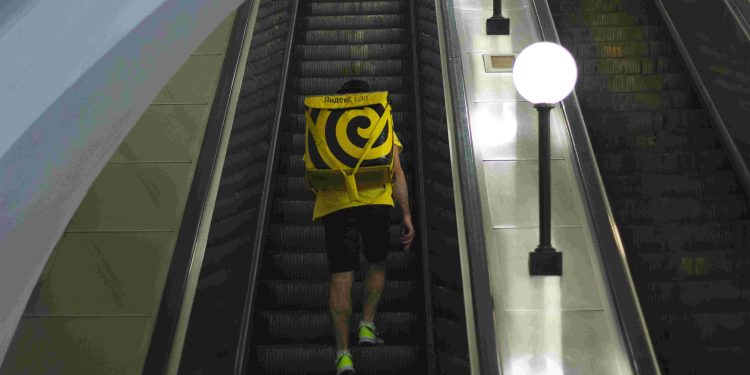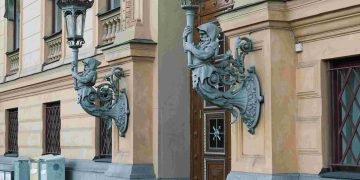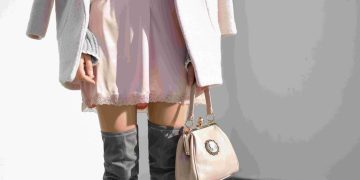Runway Design Principles for Fashion Industries

Fashion Runways: The Nexus of Art, Business, and Psychology
There’s a haunting power in the first steps a model takes on a runway. In those seconds, the stage becomes more than mere flooring — it morphs into an arena where culture, commerce, and creativity converge. But how often do we stop to dissect the profound influence that runway design has not just on the audience’s gaze, but on their psyche, their purchasing decisions, and the trajectory of upcoming trends? Runway design is not merely aesthetic; it’s a language, a tool of persuasion, and a precise scientific blueprint.
Personal Reflections: Breaking Tradition in Design
When I first worked on developing a runway concept, my approach clashed with conventional wisdom. I believed that runways shouldn’t just showcase garments—they should tell stories. Yet, I was met with skepticism: “Why complicate simplicity? Straight paths are elegant!” But simplicity isn’t always effective, I argued. Think of architecture: while minimalism appeals to some, it is the intricate and bold designs that disrupt expectations, linger in memory, and create lasting impressions.
This principle is universal. The fashion runway, much like an artist’s canvas or a stage performer’s spotlight, is an environment meant to evoke emotion. Why not borrow from fields such as theater or psychology to amplify this effect?
Challenging Standards with Cross-Disciplinary Insights
The standard runway format—a straight path with evenly spaced seating—fails to account for the diversity in audience psychology. Studies in cognitive science reveal how spatial environments can influence perception. For instance, curved pathways create an illusion of continuous fluidity, inspiring a feeling of intimacy and closure. A zigzag design may spark curiosity and anticipation, akin to wandering through an art gallery.
Furthermore, lighting effects borrowed from theatrical productions can achieve psychological depth that static lights cannot. Imagine a spotlight designed to mimic natural sunlight, subtly shifting in color as the models walk. This creates a subconscious connection to nature, enhancing the fabric’s texture in the viewer’s mind.
Predicting the Future: AI and Virtual Reality in Runway Design
Technology is rewriting the rules of the industry. AI-powered simulations now allow designers to test runway concepts via virtual audiences before they’ve even built the physical stage. Virtual reality (VR) lets potential buyers immerse themselves in the experience of models walking directly “through them,” while augmented reality (AR) offers the prospect of dynamic backdrops that respond fluidly to motion.
These technologies aren’t just tools; they’re pathways to accessibility. Imagine a global fashion show where audiences from Beijing to Paris can experience the same runway simultaneously, each interacting with the garments through personal devices in real-time.
Practical Steps for Designers and Brands
- Collaborate with cognitive psychologists to study how spatial design shapes perception.
- Invest in immersive technologies such as AR/VR to revolutionize engagement.
- Experiment with non-linear runway layouts, incorporating curves and dynamic levels.
- Hire multidisciplinary teams, including theater designers and tech specialists, to diversify your approach.
- Use storytelling principles to embed a narrative into every runway concept.
Lessons from the World’s Leading Innovators
“Design is not just what it looks like and feels like. Design is how it works,” Steve Jobs once said. Although Jobs spoke about technology, his principle applies profoundly in the fashion world as well. A well-designed runway doesn’t merely facilitate movement from point A to B—it works strategically to invoke wonder, inspire purchase, and communicate innovation.
Luxury giants like Gucci and Valentino have already embraced unconventional designs, swapping minimalism for theatrical spectacle. Smaller brands should also take note; differentiation in a saturated market is not a luxury—it’s a necessity.
Circling Back: Why Continuous Evolution Matters
The fashion industry, like life itself, thrives on evolution. Runway design can no longer remain stagnant; it must grow, adapt, and innovate in sync with culture and technology. Designers, brands, and creators alike must challenge what’s known, borrow from diverse fields, and embrace uncharted territories.
In doing so, they not only elevate their work but inspire the audiences they serve. The runway, at its core, is not just a path — it’s a portal to the future.








